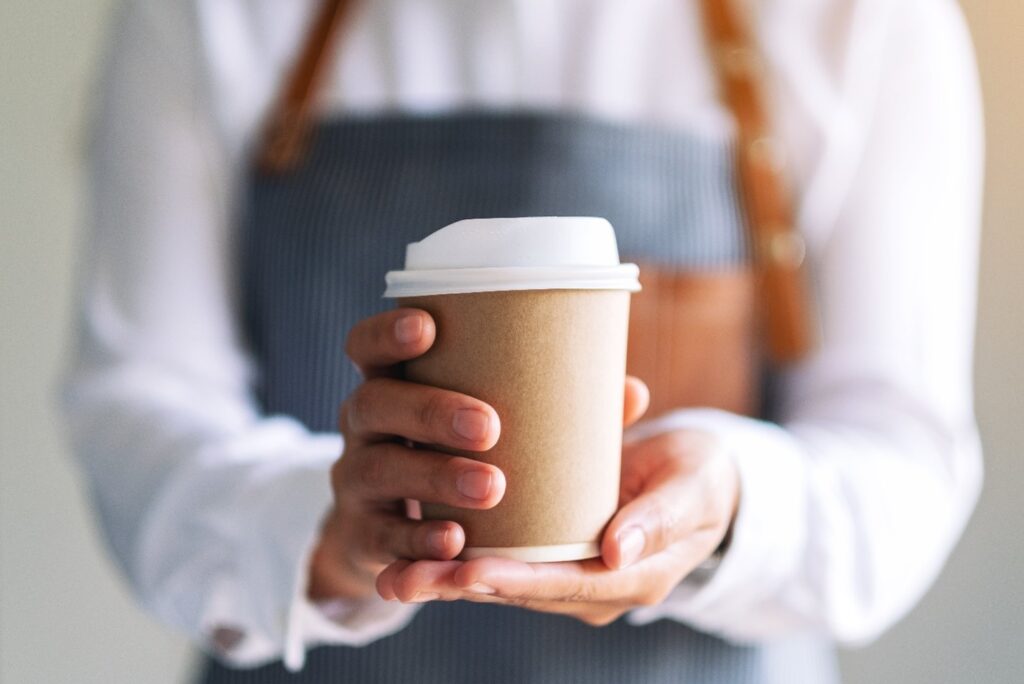
Coffee is more than just a morning ritual—it is an art form. Nowhere is this more evident than in the intricate swirls, hearts, and rosettas that adorn lattes in specialty coffee shops. Latte art is a skill that combines precision, creativity, and a deep understanding of milk and espresso. Whether it’s a simple heart or an elaborate tulip, the process requires a mastery of both technique and science. One Shot Coffee is a great example of how a focus on detail and craftsmanship can elevate an ordinary cup into a masterpiece.
The Science of Milk and Espresso
At the core of latte art is the chemistry between milk and espresso. The foundation starts with a well-pulled espresso shot. A rich crema, which forms on the surface of espresso, provides the perfect canvas for the design. Crema is an emulsion of coffee oils and carbon dioxide, and its texture and consistency significantly impact the ability to create latte art.
Milk, on the other hand, must be properly steamed to achieve the right microfoam. Microfoam consists of tiny air bubbles that give the milk a smooth, velvety texture. When steaming milk, the goal is to introduce air slowly while keeping the milk at the right temperature—typically between 130 and 150 degrees Fahrenheit. If the milk is too hot, it can scorch, leading to an unpleasant taste and poor textural quality. If it’s too cool, the foam won’t form correctly.
The Importance of Technique
Great latte art is not just about having the right ingredients; it requires practiced technique. Pouring milk into espresso at the correct height, speed, and angle is essential. The process begins by integrating the milk with the espresso by pouring from a slightly higher position, which helps break through the crema. As the cup fills, lowering the pitcher and controlling the pour allows for the formation of shapes.
Baristas start with basic patterns like a heart, which involves a simple yet controlled movement. More complex designs, like a rosetta or swan, require fluid wrist motion and a deep understanding of milk flow. These designs come with time, patience, and practice. A slight change in wrist movement or pouring speed can transform a simple heart into a more intricate tulip or wave.
The Role of Equipment
While skill is crucial, the right equipment makes all the difference in latte art. High-quality espresso machines with precise temperature and pressure controls help ensure consistency in extraction. A well-calibrated steam wand allows baristas to create the ideal microfoam, which is the foundation for any good design.
The milk pitcher is also an important tool in a barista’s arsenal. The shape and spout of the pitcher influence how the milk flows, making certain designs easier to create. Some baristas prefer a sharper spout for more detailed work, while others opt for a rounded one to create softer patterns. The weight and balance of the pitcher also affect control, which is crucial when executing more delicate designs.
The Evolution of Latte Art
Latte art has evolved from simple hearts and tulips to complex 3D designs and color-infused creations. In recent years, baristas have pushed the boundaries of what is possible, incorporating food-grade colors and etching techniques to create unique works of art. Some baristas use tools like fine-tipped etching pens to refine details, while others take inspiration from nature, fashion, or even pop culture.
The popularity of social media has also played a major role in the rise of latte art. Platforms like Instagram and TikTok have turned intricate coffee designs into viral trends, inspiring coffee lovers to try their hand at making their own art at home. Many specialty coffee shops have embraced this, offering latte art classes and competitions to engage their customers in a more interactive experience.
Training to Become a Latte Art Master
Becoming skilled in latte art requires dedication and practice. Many baristas spend months perfecting basic patterns before attempting more advanced techniques. Training typically begins with milk steaming fundamentals, as achieving the perfect microfoam is the key to any design.
Workshops, online tutorials, and professional barista training programs have made it easier than ever to learn the craft. Many coffee competitions now include a latte art category, where baristas showcase their precision and creativity. These events highlight the importance of both technical skill and artistic expression, demonstrating that coffee is as much about aesthetics as it is about flavor.
The Connection Between Latte Art and Coffee Culture
Latte art has become synonymous with specialty coffee culture. It represents attention to detail, craftsmanship, and the passion that goes into each cup. Many customers see a beautifully crafted latte as a sign of a well-trained barista and a high-quality coffee experience.
For coffee shop owners, investing in latte art training can enhance their brand and attract loyal customers. A visually stunning latte not only makes for a great customer experience but also serves as free marketing when shared online. The ability to create latte art can also set a café apart from competitors, signaling a commitment to quality and precision.